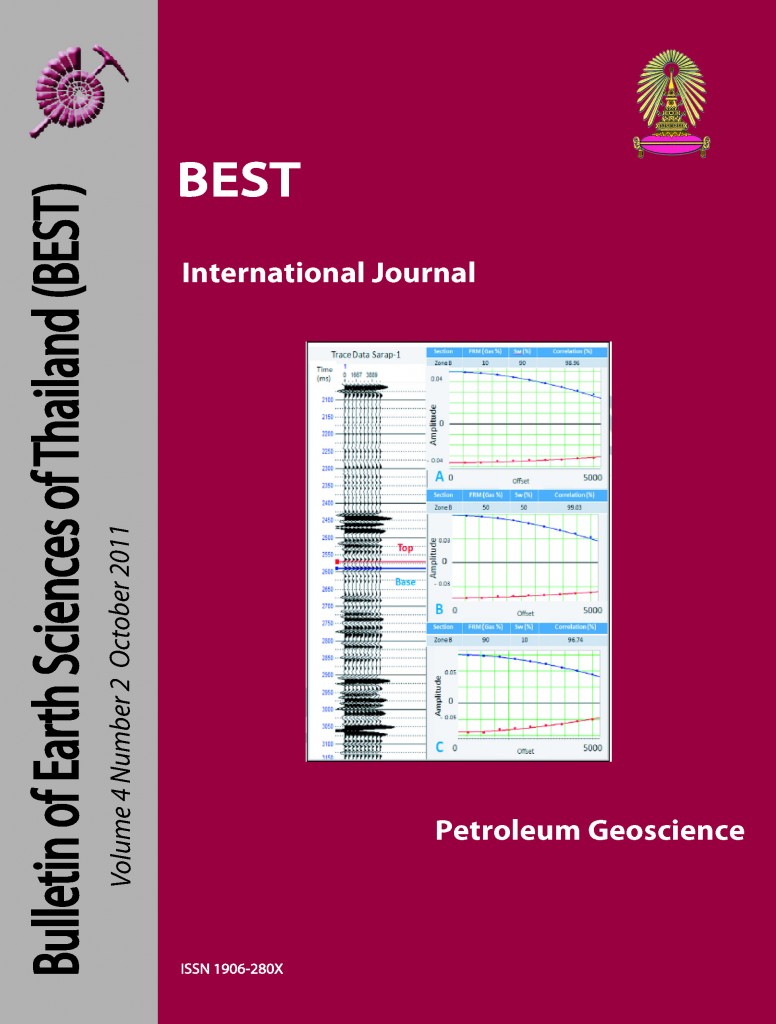Analysis of Seismic Facies, Lithology and Reservoir Potential of the Early to Middle Miocene Pagasa Formation in the Southwest Palawan Basin, Philippines
Main Article Content
Abstract
The Pagasa Formation is widely recognized as the regional seal in the Palawan Basin, Philippines. Within this mudstone dominated sequence, beds of suspected reservoir-quality sands were encountered in drilled wells across the region. These sand facies have long been targeted as secondary drilling prospects next to the oil and gas producing Nido Limestone, and have demonstrated hydrocarbon shows in several wells. However, the prospectivity of potential reservoirs in the Pagasa Formation has never been extensively studied in detail... The main objective of this study is to evaluate the nature, occurrence and extent of several observed high amplitude intervals within this formation, and to examine the reservoir potential of these amplitude anomalies. Fluid substitution and AVO modeling revealed that brine filled sands and gas saturated sands cannot be distinguishable at the level of the high amplitude anomalies. Multi-attribute analysis and gamma ray prediction showed that none of the anomalies is characterized by clean sand intervals. These anomalies were classified into two general types: high impedance, and low impedance anomalies. High impedance anomalies are characterized by an increase in acoustic impedance related to underlying carbonate build-ups in the Nido Limestone and chaotic seismic reflection packages related to debris flow deposits of conglomerates and shales .On the other hand, low impedance anomalies are illustrated by a decrease in acoustic impedance associated with silty sands encased by higher impedance shales.
Article Details

This work is licensed under a Creative Commons Attribution-NonCommercial-NoDerivatives 4.0 International License.
Copyright © 2008 Department of Geology, Faculty of Science, Chulalongkorn University. Parts of an article can be photocopied or reproduced without prior written permission from the author(s), but due acknowledgments should be stated or cited accordingly.
References
Bon, J., 2002. Pagasa Formation Sequence Stratigraphy. Vol. 1. P.T. Robertson Utama Indonesia, prepared for Shell Philippines Exploration B.V., Report No. 1601, May 2002.
Castagna, J., Swan, H., Foster, D. and Peddy, C., 1998. Framework for AVO gradient and intercept interpretation, Geophysics, 63, p. 948-956.
Russell, B., 1999.An AVO Primer. http:// www.searchanddiscovery.com/docu ments/geophysical/russel/2011


